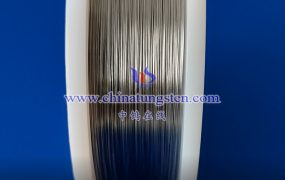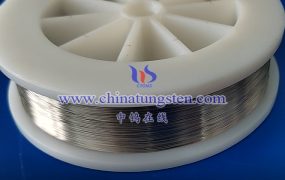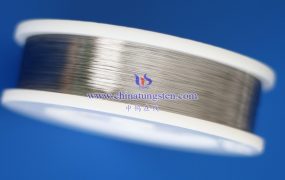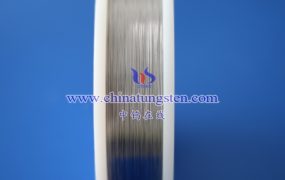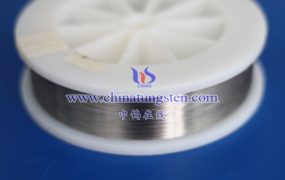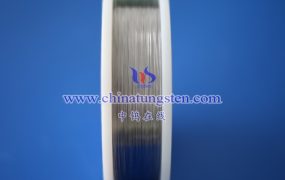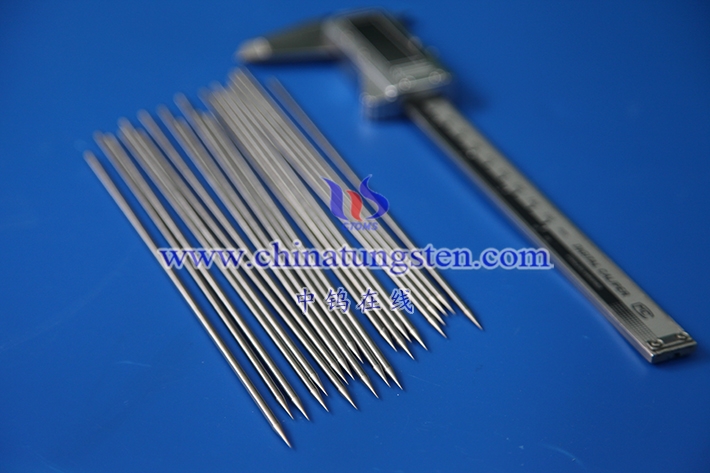
While tungsten needles have many advantages, they also have some disadvantages. Here are some potential disadvantages of tungsten needles:
Cost: Tungsten is a relatively rare and expensive material, which can make tungsten needles more expensive than other needle materials.
Brittleness: Tungsten is a relatively brittle material, meaning it can fracture or break under stress or impact. This property can make tungsten needles more prone to damage or failure than other needle materials.
Difficulty in shaping: Tungsten is a hard and difficult material to shape, which can make it more challenging to manufacture tungsten needles with specific shapes or sizes.
Risk of contamination: Tungsten needles can be prone to contamination if they come into contact with other materials during use, which can affect the accuracy and reliability of the results.
Difficulty in handling: Tungsten needles can be more difficult to handle than other needle materials due to their hardness and brittleness. Special care may be required when using and handling tungsten needles to avoid damage or injury.
Conductivity: While high electrical conductivity can be an advantage in some applications, it can be a disadvantage in others. For example, in some electrophysiology experiments, tungsten needles may cause electrical interference or noise due to their high conductivity.
Overall, the disadvantages of tungsten needles are relatively minor compared to their advantages, and tungsten needles remain a popular choice in many scientific research applications. However, it is important to consider the potential limitations and drawbacks when choosing a needle material for a specific application.
